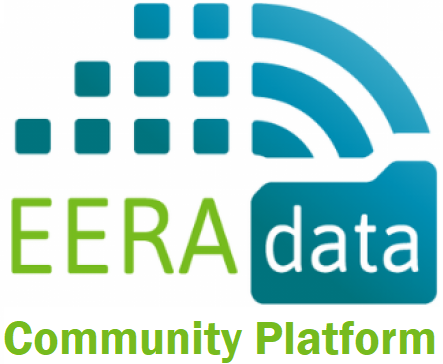What is FAIR data?
Findability, Accessibility, Interoperability and Re-usability
are at the heart of data sharing.
They are called the FAIR data principles.
- Findability: The first step in (re)using data is to find them. Metadata and data should be easy to find for both humans and computers.
- Accessibility: Once the user finds the required data, he/she needs to know how the data can be accessed, possibly including authentication and authorisation.
- Interoperability: The data usually need to be integrated with other data. In addition, the data need to interoperate with applications or workflows for analysis, storage, and processing.
- Re-usability: The ultimate goal of FAIR is to optimise the reuse of data. To achieve this, metadata and data should be well-described so that they can be replicated and/or combined in different settings.
To guide concrete FAIR data implementations, a set of 15 FAIR data principles have been brought forward by Wilkinson et al. (2016). They emphasise also machine-actionability because humans increasingly rely on computational support to deal with data as a result of the increase in volume, complexity, and creation speed of data.
FAIR Principles
To start FAIRifying your data, you may get a step-by-step support by following a typical FAIR workflow.
